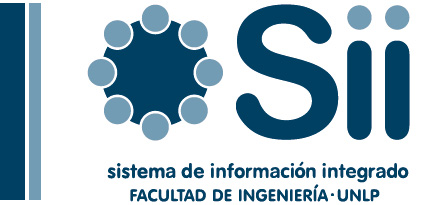Optimal Control with Aerospace Applications [libro electrónico] / by James M Longuski, José J. Guzmán, John E. Prussing.
Tipo de material: TextoSeries Detalles de publicación: New York, NY : Springer New York : Imprint: Springer, 2014.Descripción: xx, 273 p. : ilTipo de contenido:
TextoSeries Detalles de publicación: New York, NY : Springer New York : Imprint: Springer, 2014.Descripción: xx, 273 p. : ilTipo de contenido: - text
- computer
- online resource
- 9781461489450
- TJ212-225
 Libro electrónico
Lista(s) en las que aparece este ítem:
Ebooks
Libro electrónico
Lista(s) en las que aparece este ítem:
Ebooks
Acknowledgments -- Preface -- Chapter One: Parameter Optimization -- Chapter Two: Optimal Control Theory -- Chapter Three: The Euler-Lagrange Theorem -- Chapter Four: Application of the Euler-Lagrange Theorem -- Chapter Five: The Weierstrass Condition -- Chapter Six: The Minimum Principle -- Chapter Seven: Some Applications -- Chapter Eight: Weierstrass-Erdmann Corner Conditions -- Chapter Nine: Bounded Control Problems -- Chapter Ten: General Theory of Optimal Rocket Trajectories -- Appendices -- Bibliography.
Want to know not just what makes rockets go up but how to do it optimally? Optimal control theory has become such an important field in aerospace engineering that no graduate student or practicing engineer can afford to be without a working knowledge of it. This is the first book that begins from scratch to teach the reader the basic principles of the calculus of variations, develop the necessary conditions step-by-step, and introduce the elementary computational techniques of optimal control. This book, with problems and an online solution manual, provides the graduate-level reader with enough introductory knowledge so that he or she can not only read the literature and study the next level textbook but can also apply the theory to find optimal solutions in practice. No more is needed than the usual background of an undergraduate engineering, science, or mathematics program: namely calculus, differential equations, and numerical integration. Although finding optimal solutions for these problems is a complex process involving the calculus of variations, the authors carefully lay out step-by-step the most important theorems and concepts. Numerous examples are worked to demonstrate how to apply the theories to everything from classical problems (e.g., crossing a river in minimum time) to engineering problems (e.g., minimum-fuel launch of a satellite). Throughout the book use is made of the time-optimal launch of a satellite into orbit as an important case study with detailed analysis of two examples: launch from the Moon and launch from Earth. For launching into the field of optimal solutions, look no further! .
No hay comentarios en este titulo.
